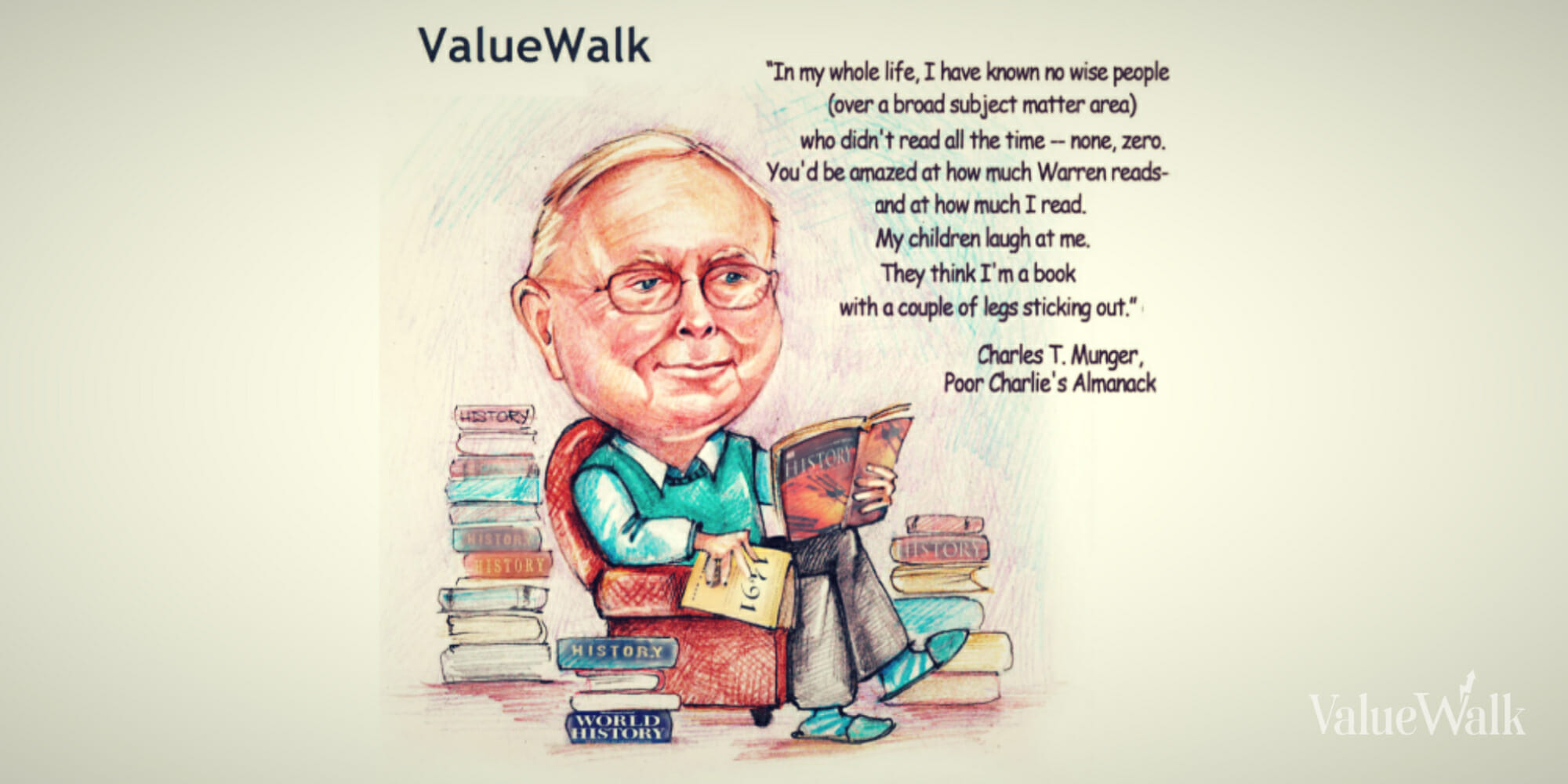A simple, yet profound comment on discount rate by Charlie Munger during the 2016 Daily Journal meeting.
Questioner: How do you use the discount rate to calculate intrinsic value?
Charlie Munger: We don’t use numeric formulas that way. We take into account quality factors. It’s like a bridge hand, you have to think about a lot of things.
There is never going to be a formula. If that worked, every mathematical person would be rich, but that’s not the way it works.
Questioner: But you value a company…
Charlie Munger: Opportunity cost is crucial, and the risk free rate is one factor.
Questioner: Do you use the same rate for different businesses?
Charlie Munger: The answer is no, of course not, different businesses need different rates. They all are viewed in terms of value and weighed against one another. Of course we’re OK paying more for a good business. In the US you can make money out of a lousy business.
But it’s a painful way to make money. Sometime we do it by accident, and in that case, it’s like hitting up a relative, and we deal with those the best we can, but we’re not looking for new ones.
You might shun discounted cash flow models (and it does have its flaws), but discounting and time value of money are very real and pertinent concepts when it comes to investing. In fact, isn’t that what investing is all about? Buffett also paid heed to this in his 2000 letter to shareholders. Bolded parts for emphasis.
“Leaving aside tax factors, the formula we use for evaluating stocks and businesses is identical. Indeed, the formula for valuing all assets that are purchased for financial gain has been unchanged since it was first laid out by a very smart man in about 600 B.C. (though he wasn’t smart enough to know it was 600 B.C.).
The oracle was Aesop and his enduring, though somewhat incomplete, investment insight was “a bird in the hand is worth two in the bush.” To flesh out this principle, you must answer only three questions.
How certain are you that there are indeed birds in the bush? When will they emerge and how many will there be? What is the risk-free interest rate (which we consider to be the yield on long-term U.S. bonds)?
If you can answer these three questions, you will know the maximum value of the bush – and the maximum number of the birds you now possess. And, of course, don’t literally think birds. Think dollars.”
Chairman’s Letter to Shareholders, Warren Buffet 2000
With discounting, comes opportunity cost – as Charlie Munger has alluded to. It seems to me that knowing one’s opportunity cost is vital in knowing what constitutes a satisfactory return which in turn determines how much an investment is worth.
In that regard, maybe having a very good sense of one’s opportunity cost is what makes those super investors well, super.
Unfortunately, opportunity cost is highly personal; everyone has a different next best alternative. It is understandable, albeit unsettling, that so little attention has been given to the concept of opportunity cost.
What is my opportunity cost? I have no idea, maybe just a self-prescribed hurdle rate? This seems like something I will have to give more thought to. Perhaps, it is time to start developing our sensing of opportunity cost, somehow.






